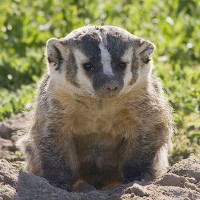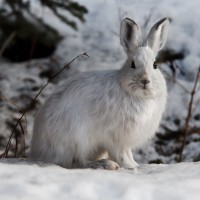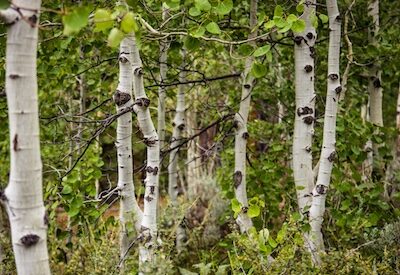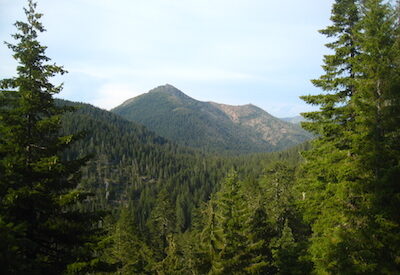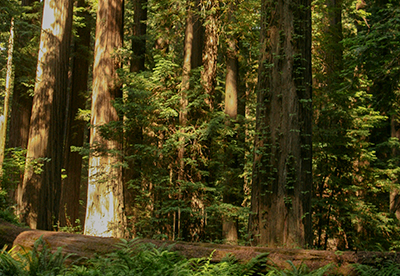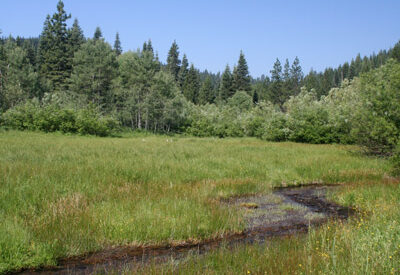Early Seral Mixed Conifer Habitat
Early seral conifer forests are the first step in a site’s recovery after a disturbance that clears most or all of the trees, such as a severe wildfire or an even-age timber harvest. Early seral sites play an important ecological role in forested landscapes, one that is often abbreviated or hindered by management actions aimed at producing sizable trees again as soon as possible.
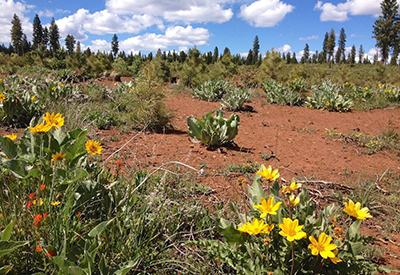
QUICK FACTS
- Early seral sites tend to be more biodiverse than other forest stages
- Greater exposure to the sun changes early seral microclimates and allows some vegetation to grow that otherwise wouldn’t under the shade of older trees
- The acceleration through early seral stages by management often leaves a site shortchanged of numerous ecological benefits
About Early Seral Mixed Conifer Forest Habitat
Early seral conifer forests are the ecological communities that emerge after a stand-replacing disturbance as the site begins its journey toward a closed-canopy forest. Such disturbances include high and mixed severity wildfires, windthrow (i.e., trees knocked down from severe winds), and logging that removes most or all trees from a site.
Yet not all disturbances are equal when it comes to ecological impacts. For example, disturbances that leave structural legacies, such as standing dead trees and downed logs, tend to have greater biological diversity since they provide nesting sites for a variety of wildlife species, as well as food for insects, which help to attract a variety of birds and other insect-eating species. In contrast, when such structural features are lacking on a disturbed site or are removed by management activities (often along with emerging vegetation that might compete with tree seedlings), biological diversity may be minimal. Furthermore, the lack of structural legacies and plant competition can hinder other beneficial ecological processes, such as nutrient recharge, while exacerbating undesirable processes, such as erosion.
Photos: Title image by Kim Starr (CC by 2.0), second image by Pacific Forest Trust.
Why Conserve this Habitat?
Early seral conifer forest sites are important for a variety of reasons. They tend to be rich in structural diversity. Their microclimate is considerably different than the forests surrounding them thanks to the increase in sunlight that reaches the ground. In addition, processes can occur there that are otherwise prevented under a forest canopy, especially in aquatic systems where primary productivity increases with the increased sunlight, leading to an explosion in aquatic diversity.
Overall, early seral sites are important simply because they represent an opportunity for processes and conditions to exist that are otherwise stifled under a forest canopy. As a result, a great variety wildlife and other species that benefit from such conditions are given the chance to flourish, enhancing biological diversity, both locally and regionally.
How We Conserve this Habitat
As an organization that promotes working landscapes, we understand the economic, ecological, and cultural significance that managed lands can have, especially when they are managed with conservation-based principles in mind. Recognizing that there is a place for disturbances in the life of a forested landscape, rather than striving to eliminate them, we work with landowners to ensure any harvest-based disturbances are managed to reap as many of the benefits that early seral forest sites have to offer while minimizing the negative impacts that logging and post-logging management may have.
Explore What We Do
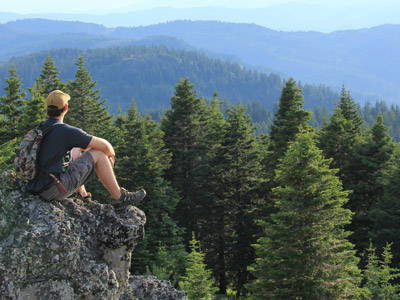
Conserve Forests
We work with landowners to conserve well-managed forests, building resilient landscapes.
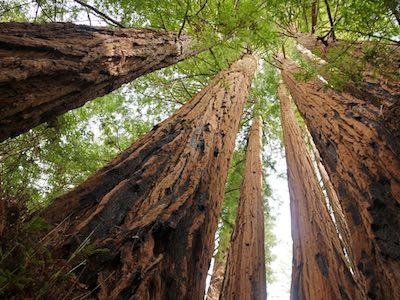
Advance Climate Solutions
We protect, restore, and sustain forests to mitigate climate change and help species adapt.
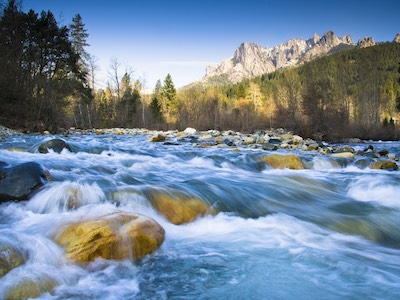
Protect Water Sources
We ensure water security by protecting forests that provide life-sustaining water to millions.
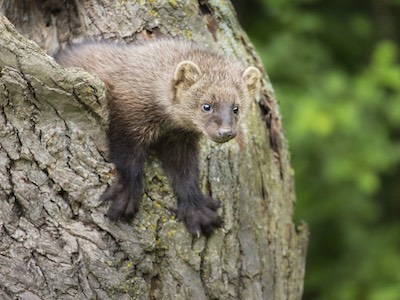
Save Wildlife Habitat
We conserve and restore habitat to protect the animals and plants that depend on forests.

